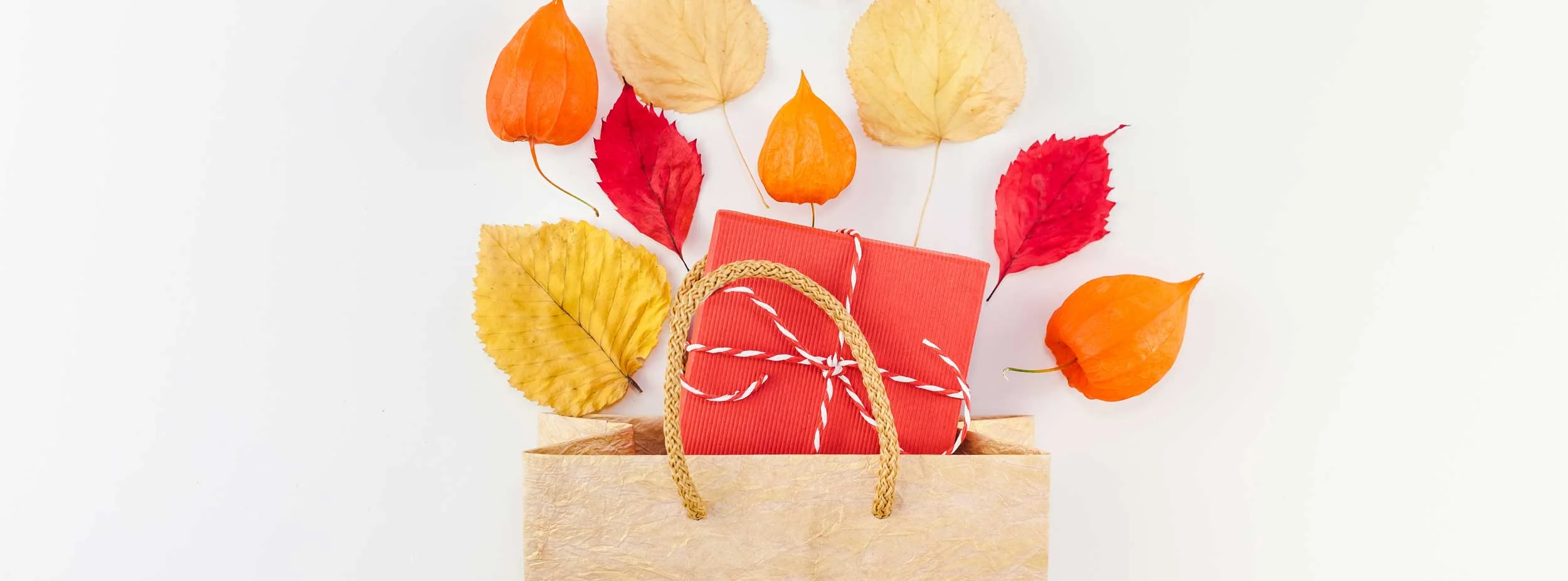
SCARY GOOD PACKAGING TIPS
As a custom packaging agency, we’ve been tasked with developing ideas of all shapes and sizes (quite literally) over the past forty years. We polled our team for some of their top packaging tips from their experience in the field. Taken from the perspective of designers, producers, and former buyers, here is a list of things to consider when developing your new packaging program:
BE ICONIC – Whether it’s color, shape, graphics, or opening style, find something that is consistently on brand for you, and work it across all touch points. Examples of this include Tiffany’s signature blue box, Apple’s precise product layout, and Kate Spade’s whimsical, bright colors and patterns. Think to yourself: in absence of a logo, how would customers recognize a brand through packaging? Pick your thing and run with it.
CONSIDER YOUR MARKETING ROI – Where will your packaging be utilized? This may determine a lot of the decisions you make from a design perspective. As a key marketing touch point, your packaging should provide a return on investment. Let’s take a shopping bag for example: this is a golden opportunity to maximize the exposure of your brand as customers carry it down the street. With that in mind, light colors are best avoided for important branding elements such as your logo. While the effect could work well for details or patterns, light colors can be hard to see from a distance, which may reduce your marketing impact.
BALANCE FORM & FUNCTION – If possible, resist the urge to over package. We love interactive unboxing experiences, but there comes a point at which you must consider the supply chain implications and optics of your packaging program. Too many pieces or layers can lead to problems such as increased operational costs, customer frustration or perceived waste.
THINK OF THE BIG PICTURE – Use caution when “designing for design’s sake.” When we work with clients who have designed their own packaging or worked with a third party agency, many times they have not factored in operational needs such as storage, labor or freight – all of which can lead to costly consequences in the supply chain. For that reason, we recommend understanding the big picture: both from your perspective and the factory’s. This will ensure your packaging maximizes your operational and budgetary needs, as well as the factory’s production capabilities.
AVOID EXCESSIVE ASSEMBLY TIME – Efficiency is important! This can be a fall-out of structural complexity. While many of our clients seek to create unique solutions, there is a give-and-take that should be considered when it comes to customer experience vs. operational costs.
TRAIN BEFORE YOU LEAP – We’ve seen this happen numerous times: our clients develop a beautiful packaging experience, only for the execution to fall flat. Failure to provide clear guidelines to employees can result in an inconsistent customer experience. To avoid confusion, we suggest providing a training document or video before implementing a new program. We have done this for our clients, and even gone so far as to make DC visits to help train employees. It helps to check in occasionally (“secret shopper” style) to ensure the intended customer experience is being fulfilled across all channels.
We hope these tips are helpful, and look forward to exploring creative ways to make your packaging program gourd-geous.
